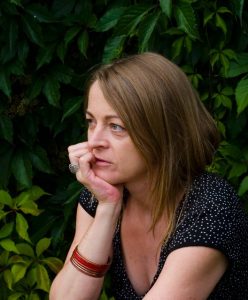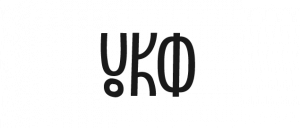When we think of forbidden art, the first thing that comes to mind is the persecution of the so-called “degenerate art” in Nazi Germany, art that does not serve communist propaganda in Soviet Russia, or the destruction of historical Buddha statues in Afghanistan during the Taliban rule.
But not only totalitarian or fundamentalist regimes censor or even destroy art that they consider dangerous, incompatible with the dominant ideology or spreading inappropriate – moral or political – content.
What is considered democracy’s greatest asset – the power of the majority – is at the same time its most serious flaw. The majority may decide that certain art and certain artists do not meet its “needs,” undermine values that are considered universal.
- Who is afraid of art? And why?
- What theatrical gestures are considered a provocation? And who decides about it?
- How do democratic societies define and mobilize the “will of the people” in the name of which they forbid, destroy, discredit or sue the art that in their opinion e.g. disrespects tradition or offends faith?
- And most importantly: how does social pressure influence the artists themselves who, consciously or unconsciously, censor themselves? To what extent can we free ourselves from internalized norms that tell us where are the boundaries we should not cross? And do these norms apply only to topics, or even more so to aesthetics?
The lecturer will explain the mechanisms of censorship and self-censorship using concrete examples from European theater (Oliver Frljić, Christoph Schlingensief) and Ukrainian art.
Joanna Wichowska is a dramaturgist, curator, and theater critic. Joanna works at the Teatr Powszechny in Warsaw and was involved in the Stary Theatre in Krakow and the First Theater in Lviv. She is the playwright of the plays “Klatwa”, “Diabły”, as well as the Ukrainian production “Beautiful, beautiful, beautiful times”.
The program is implemented to support the Ukrainian Cultural Foundation.
Lecturer



